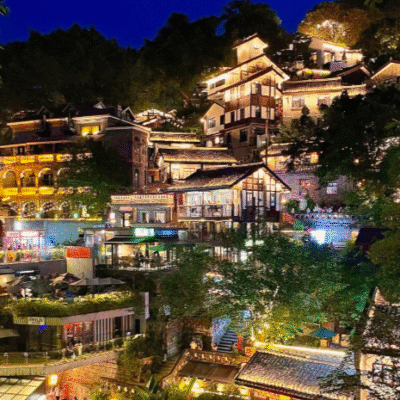Jing’an Temple, situated on West Nanjing Road in Shanghai’s Jing’an District, stands as a rare example of a millennium-old Buddhist temple within a modern urban landscape. First established in the 10th year of the Chiwu era during the Eastern Wu of the Three Kingdoms period (AD 247), the temple has undergone numerous reconstructions throughout its long history. Today, it remains a revered site of worship for Buddhist practitioners and a prominent cultural landmark attracting visitors seeking to engage with traditional Chinese heritage.
Historical Background
Jing’an Temple in Shanghai was originally established during the Huangwu period of the Eastern Wu dynasty in the Three Kingdoms era (around AD 247) and was initially named Yongtai Zen Temple. It has a history spanning over 1,700 years. The temple has undergone repairs and expansions throughout successive dynasties, with particularly significant developments during the Tang, Song, Yuan, and Ming periods. The current complex mainly dates from reconstructions carried out after the 1980s. Its overall layout preserves the traditional Song dynasty architectural style, where the golden tiled roofs and upturned eaves convey both an imperial grandeur and the solemnity befitting a Buddhist sanctuary.

During the Qing Dynasty, the temple was officially named “Jing’an Temple.” The present-day Jing’an Temple was rebuilt and reopened to the public in 1983, combining traditional and modern architectural elements while preserving the essential spirit of its Buddhist heritage.
Architectural Features and Main Highlights
The main structure of Jing’an Temple is a resplendent imitation of Tang Dynasty architecture, characterized by its majestic and elegant design.
The temple houses a treasured jade Buddha statue, approximately 3.8 meters tall, meticulously carved from a single piece of jade sourced from Myanmar.
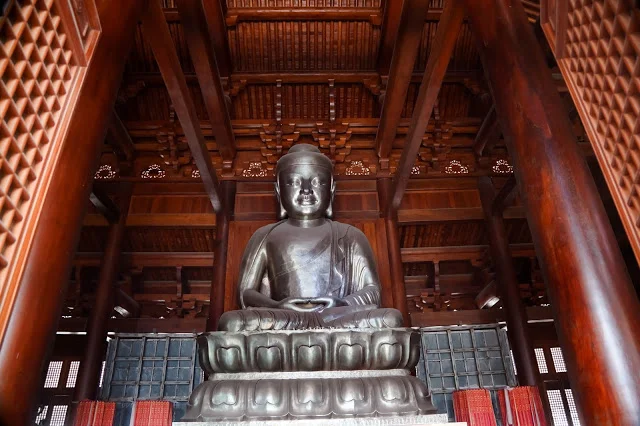
This exquisite statue is regarded as the temple’s most prized cultural and religious artifact.
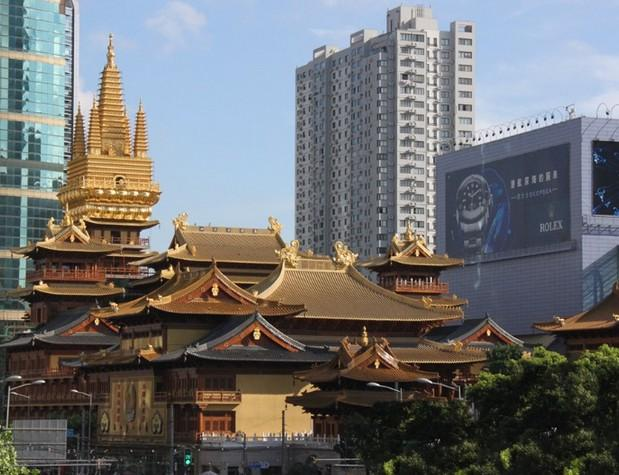
Another significant highlight is the Mahavira Hall, which enshrines a statue of Shakyamuni Buddha. Flanking the central figure are statues of the Eighteen Arhats, creating a majestic and awe-inspiring atmosphere within the hall.
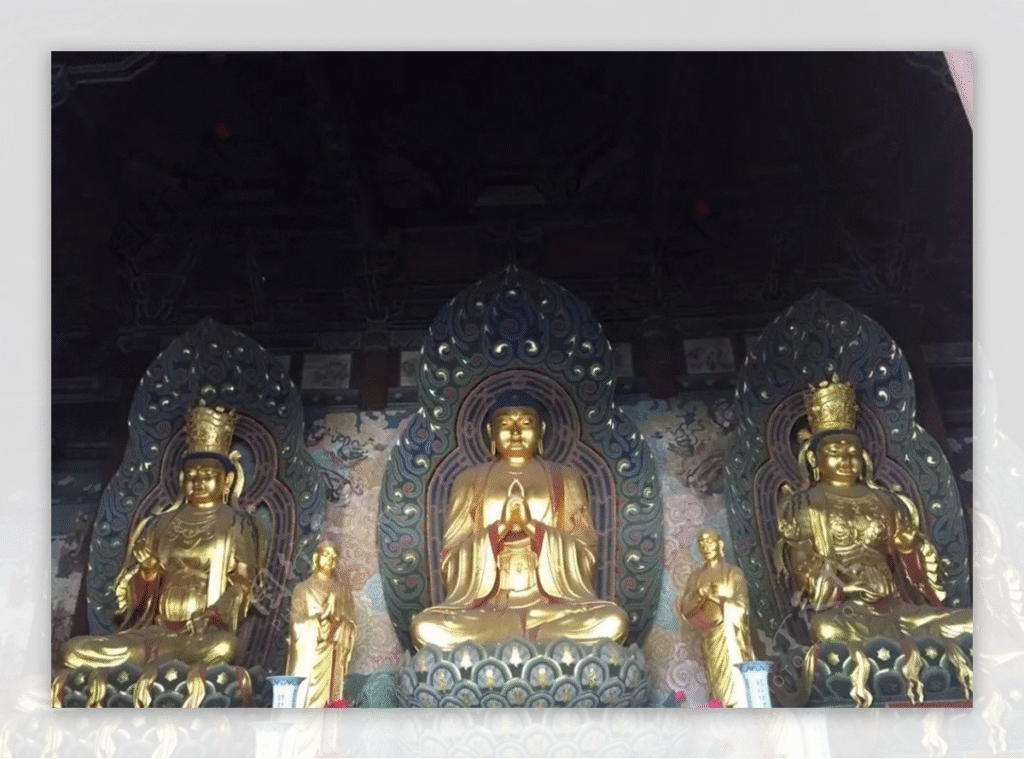
In addition, the temple complex includes multiple halls such as the Ten Thousand Buddhas Pagoda and the Guanyin Hall, serving as important sites for Buddhist devotees to worship and pray for blessings.
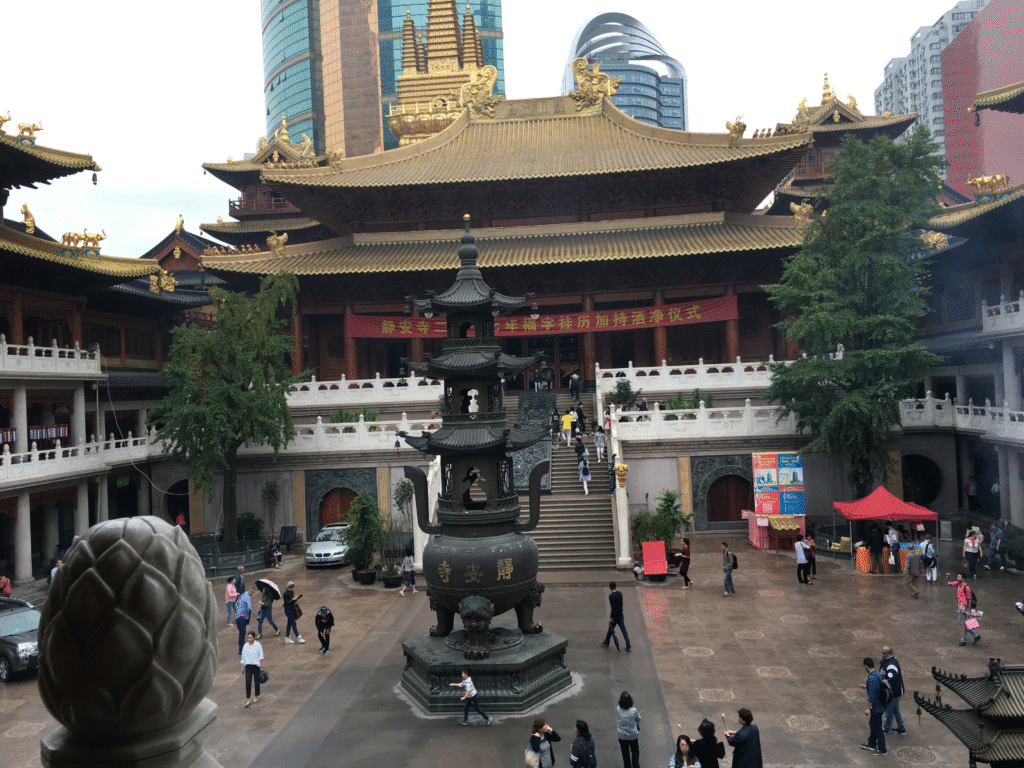
On the first and fifteenth days of the lunar calendar, as well as during major Buddhist festivals, the temple is filled with dense incense smoke and attracts large numbers of worshippers coming to offer incense and pay their respects.
Practical Information
Transportation: The temple is conveniently accessible via Shanghai Metro. Visitors can take Line 2 or Line 7 and alight at the “Jing’an Temple” station, from which it is just a short walk to the temple entrance.
Opening Hours: Jing’an Temple is open daily from 7:30 a.m. to 5:00 p.m. It is recommended to visit in the morning hours when the temple is generally less crowded, allowing for a more peaceful experience.
Admission Fee: The standard ticket price for adults is approximately 50 RMB. Additional fees may apply during special religious festivals or events.
Address: No. 1686, West Nanjing Road, Jing’an District, Shanghai.
Nearby Attractions
Jing’an Temple is located in the bustling heart of Shanghai, surrounded by a wealth of cultural sites and amenities, making it an ideal base for visitors exploring the city. Here are some notable attractions nearby:
Jing’an Park
Just a few minutes’ walk from Jing’an Temple, this urban green oasis offers a peaceful retreat with shaded trees and tranquil walking paths. It is especially beautiful during spring when cherry blossoms are in full bloom.
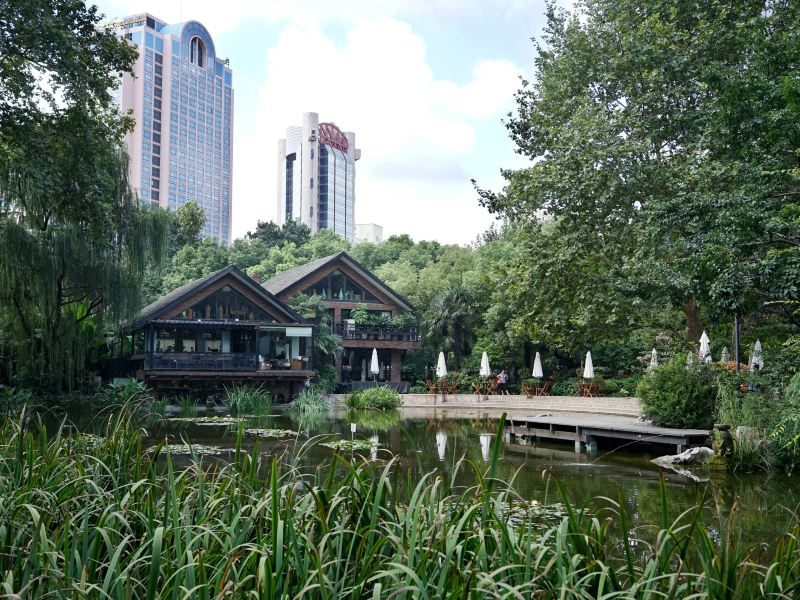
Jiuguang Department Store
A high-end shopping mall near the temple, featuring a variety of fashion brands, beauty products, and diverse dining options. It’s a great place to shop and enjoy international and local cuisine.
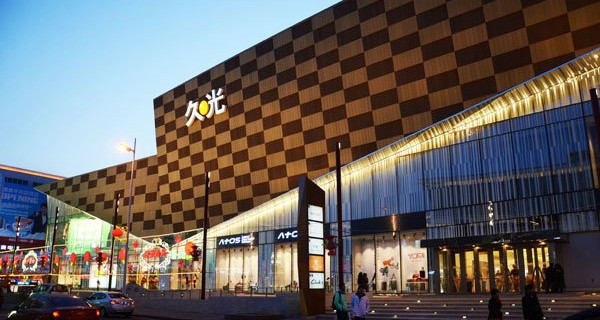
Nanjing West Road Shopping Street
One of Shanghai’s most vibrant shopping streets, home to flagship stores of global luxury brands, boutique shops, and cozy cafes. The lively atmosphere is perfect for experiencing Shanghai’s modern urban life.
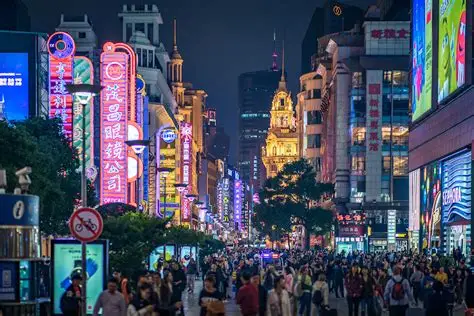
Shanghai Exhibition Center
Located close by, this landmark building hosts large-scale exhibitions, cultural events, and international conferences. Visitors interested in art, culture, or trade fairs may want to check the event schedule.
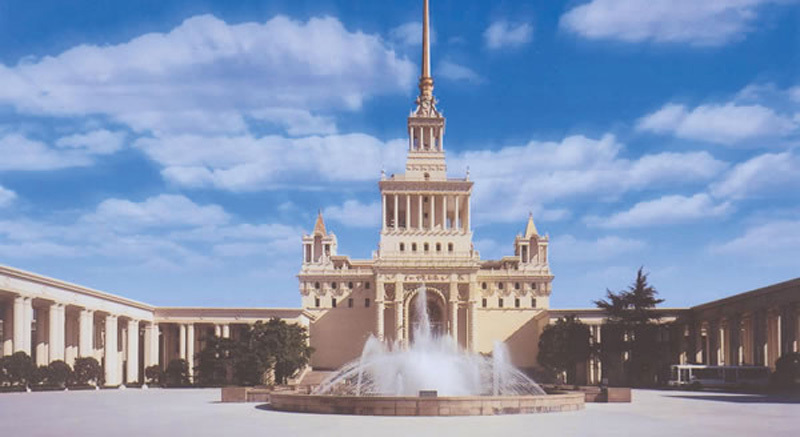
Jing’an Kerry Centre
A mixed-use complex offering office spaces, shopping, and dining, featuring many specialty restaurants and leisure facilities—ideal for a relaxed meal or evening outing.
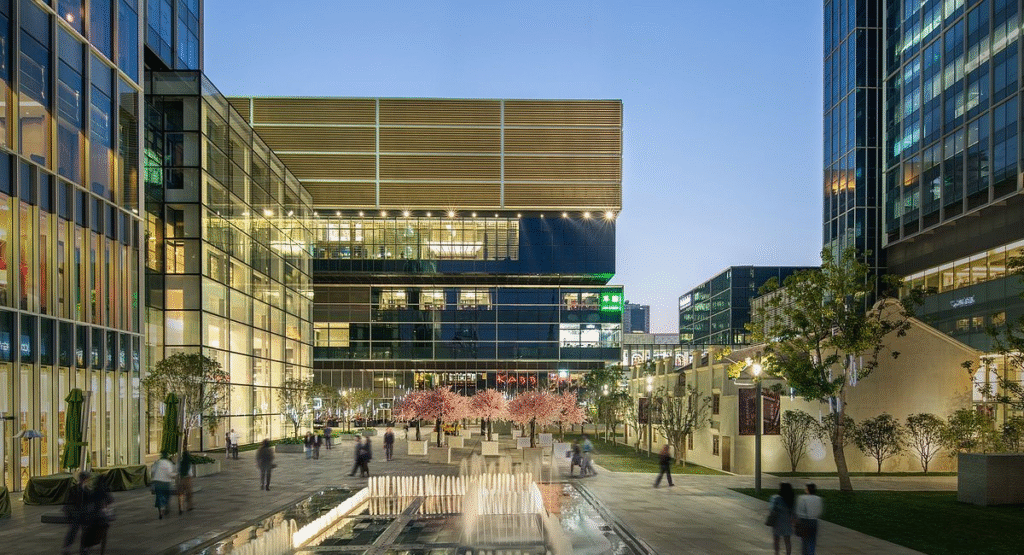
Suitable For
Visitors interested in exploring traditional Chinese culture and heritage.
Those seeking to experience the serene atmosphere of Buddhist worship or to participate in prayer and blessing rituals.
First-time travelers to Shanghai looking to visit iconic landmarks and gain a deeper understanding of the city’s cultural fabric.
Conclusion
Jing’an Temple is not only a sacred religious site but also a cultural landmark that bridges ancient and modern Shanghai. Whether you are a local resident or a visitor from around the world, dedicating half a day to explore the temple is well worth your time. Come here to experience the tranquility and solemnity emanating from this thousand-year-old sanctuary.


